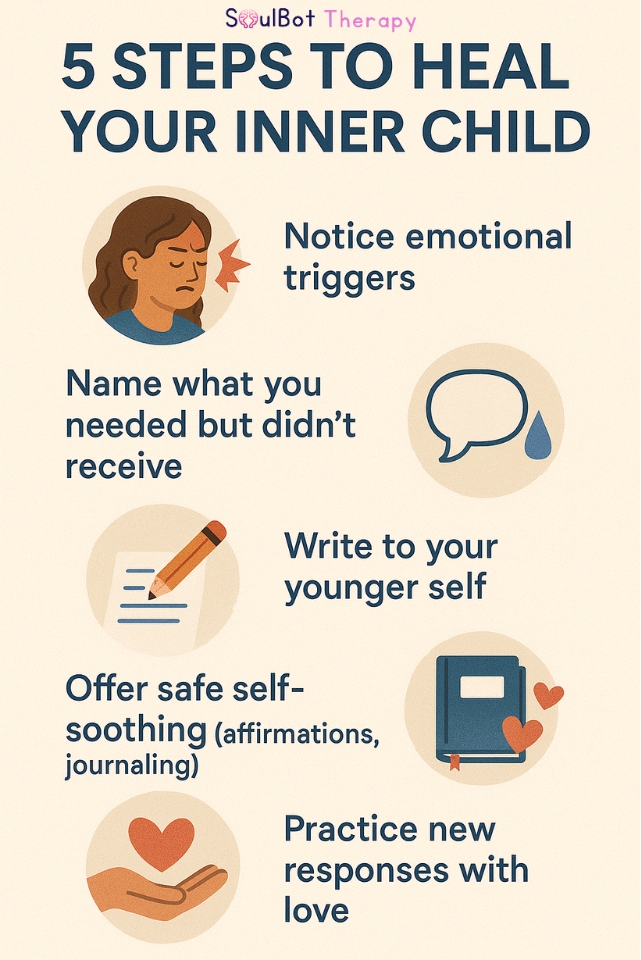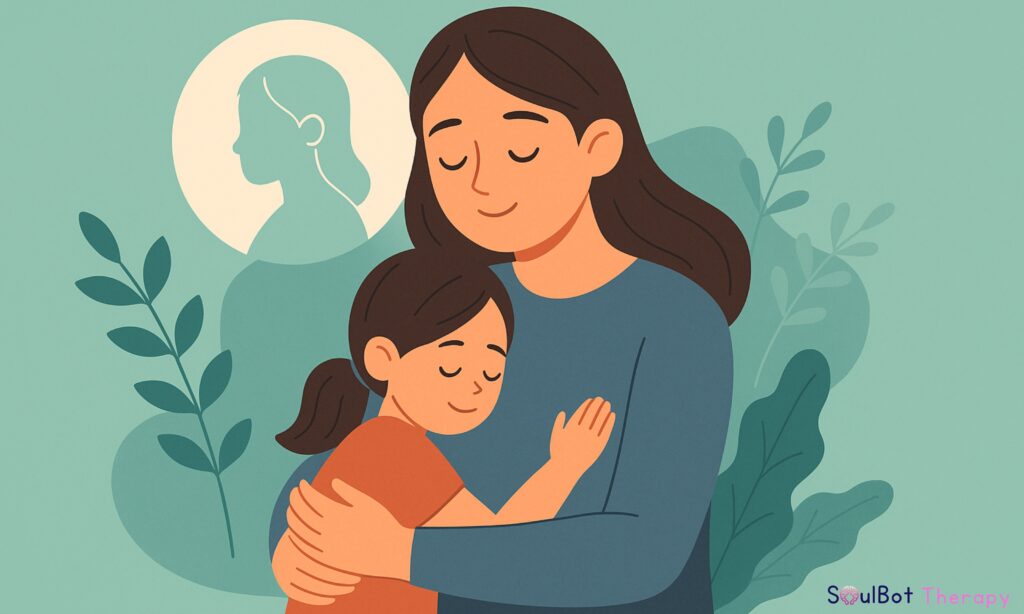Ever felt like your reaction was “too much”, but also couldn’t help it?
That moment of panic when someone ignores your message. The rage when you’re criticized, even gently. The collapse after trying to be “strong” for too long.
These aren’t adult problems. Their childhood wounds are echoing through their grown-up lives. And that’s exactly why inner child healing matters.
What Is Inner Child Healing?
Inner child healing is the process of reconnecting with the younger version of yourself — the one who learned fear, shame, rejection, or abandonment before they knew how to process it.
Through this work, you begin to:
- Identify the moments when you felt emotionally unsafe
- Validate the pain that was never addressed
- Reparent yourself with the compassion and care you missed
If you’ve ever asked, “Why do I react this way?” your inner child likely holds the answer.
📊 Factual Insight: A study in the Journal of Counseling Psychology showed that individuals who engaged in structured inner child work reported a 42% increase in emotional regulation and reduced reactivity in relationships.
What Is Inner Child Work Based On?
Rooted in psychotherapy, inner child work is based on:
- Reparenting theory (giving yourself what you didn’t get)
- Inner parts work (IFS / Internal Family Systems)
- Somatic therapy (where trauma lives in the body)
These practices help you heal emotional trauma, not by reliving it, but by listening to it with love.
Why Is Inner Child Healing Important for Adults?
Your inner child shows up when you:
- Overreact to being ignored
- Sabotage healthy love
- Fear of abandonment in calm relationships
- Shame on you for expressing needs.
By beginning inner child healing, you don’t just process trauma — you interrupt the cycle of carrying it into every new situation.
How to Heal Your Inner Child (Without Feeling Overwhelmed)
✅Name the Feeling
Instead of “I’m overreacting,” say “This feels familiar — and it hurts.”
✅Validate It
“You were a child. Of course, that was too much.”
✅Write Letters to Your Younger Self
Start with: “I’m sorry you had to go through that alone…”
✅Practice Self-Soothing
Try grounding: hand on heart, affirmations like “I’m safe now.”
✅Notice the Pattern
Use triggers as teachers, not threats.

Signs You Might Need Inner Child Healing
- You feel like a burden when expressing needs.
- You struggle with people-pleasing or over-apologizing
- You fear rejection even in stable relationships.
- You constantly criticize yourself internally.
- You attract the same toxic dynamics.
These are not character flaws — they’re coping mechanisms from childhood wounds.
How AI Tools Can Support Inner Child Work
Not ready for therapy? Or need gentle, daily support?
SoulBot – your AI mental health companion – can help you:
- Reflect safely on emotional triggers
- Journal memories that feel too sensitive to say aloud
- Practice compassionate inner dialogue.
- Build a library of self-validation affirmations.
Inner child healing doesn’t have to be dramatic — it has to be consistent and kind. That’s where SoulBot fits in.
👉 Talk to SoulBot – Start Healing in a Safe, Private Space
You’re Not Too Sensitive — You’re Remembering What Hurt You the Most
Inner child healing isn’t about blaming the past — it’s about breaking the cycle. You are not broken. You are carrying wounds from a time when you were too small to understand them. And now, you’re big enough to love that version of you back to safety.








